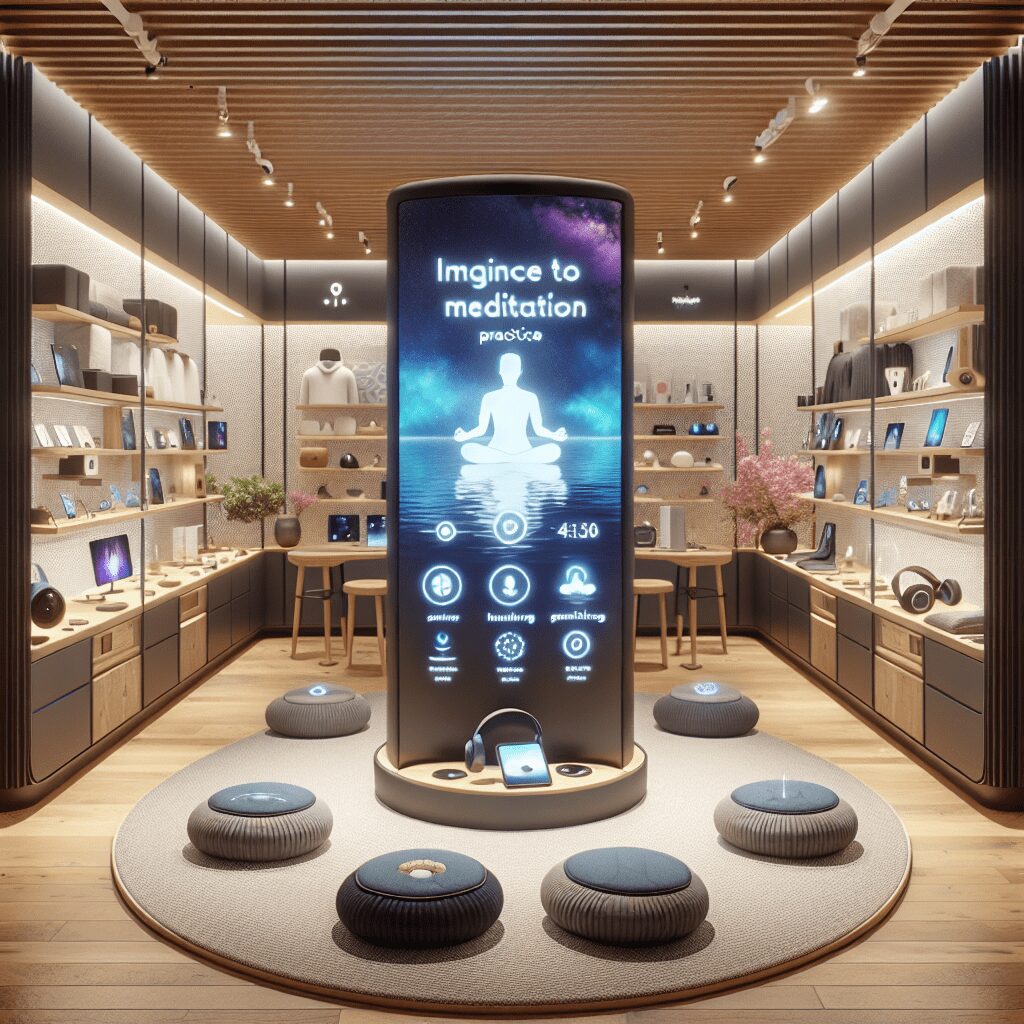
Prioritize your mental well-being daily. Enhance your life by nurturing your mental health with the Smart Meditation app. Break free from stress, alleviate anxiety, and enhance your sleep quality starting today.
Should You Use A Pillow While Meditating?
To Prop, or Not to Prop: The Meditation Pillow Dilemma
Ah, meditation – that age-old practice that folks from all walks of life have turned to, seeking solace, clarity, and a smidgen of enlightenment. But here’s a noodle-scratcher: Should you plonk down on a meditation pillow while embarking on this inward journey, or is it just another trendy, Instagrammable accessory?
Let’s Sit on That Thought, Shall We?
First off, let’s get one thing outta the way. Meditation isn’t about sitting in a fancy pose on an even fancier cushion; it’s about tuning in to your own frequency, amidst the cacophony of daily life. But, as trivial as it may seem, the question of using a meditation pillow has more layers than an onion (and potentially fewer tears).
Comfort is Key
Imagine meditating in pure bliss, only to be rudely interrupted by a numb leg or a crick in your back. Ouch, right? This is where a meditation pillow can be a game-changer. By elevating your hips, a well-chosen cushion can help maintain the natural curve of your spine, promoting better posture and, in turn, deeper breathing. And let’s face it, it’s hard to reach nirvana when you’re fidgeting about, trying to find that sweet spot.
One Size Doesn’t Fit All
However, before you dash out to grab a meditation pillow, remember that it’s not a one-size-fits-all scenario. Just like choosing a pair of glasses or a good pair of jeans, selecting a meditation cushion is a deeply personal decision. Factors like your flexibility, where you plan to meditate (a hard floor or a soft rug?), and even your aesthetic preferences play a role. After all, if looking at your meditation space brings you joy, you’re more likely to stick with your practice.
But here’s the kicker: some folks argue that relying too much on props could, in the long run, hinder your practice. The idea is that meditation is about adapting to the present moment, comforts, and discomforts alike. By learning to navigate a little discomfort, you’re essentially flexing your mental muscles, making it easier to deal with life’s curveballs.
So, What’s the Verdict?
Well, as with most things in life, it boils down to personal preference. If a meditation pillow helps deepen your practice, keeps you comfy, and gets you to meditate more often, then it’s probably a wise investment. On the flip side, if you’re a purist who believes in roughing it out, more power to you.
Here’s a quick rundown to help you decide:
-
Team Pillow: You value comfort, have a specific aesthetic in mind, and perhaps need a bit more support to maintain a proper posture.
-
Team No-Pillow: You’re a minimalist at heart, can sit comfortably without extra support, or you’re curious about building mental resilience through physical discomfort.
At the end of the day, whether you choose to use a meditation pillow or not, the most crucial aspect is your commitment to the practice itself. Meditation, pillow or no pillow, is a journey of self-discovery, mindfulness, and mental fortitude. So, find what works for you, and let the journey begin!





